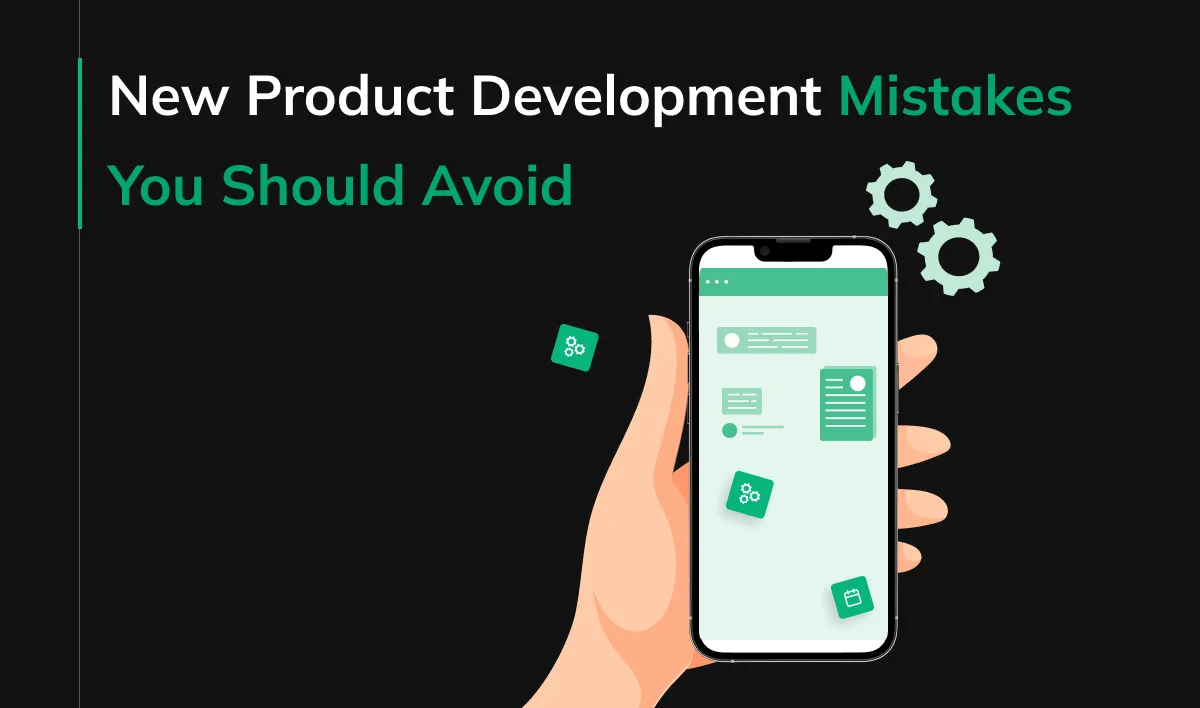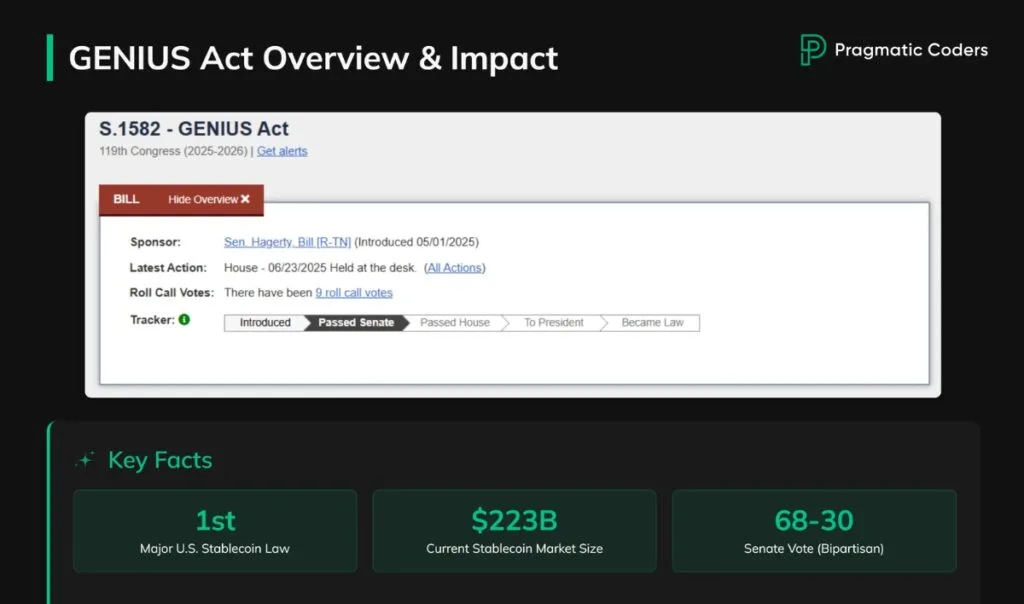Everything You Need to Know About Proof of Concept in Software Development

Proof of concept (PoC) is a term used in the software product development process to describe a working prototype of an idea or system. It is often used as a way to determine whether or not an idea is feasible and to get customer feedback. In this article, we will answer some common questions about proof of concept and how it can help your business. We will also provide tips on how to create proof of concept software for your own project.
What is proof of concept in software development, and why do you need it?
The proof of concept process is an essential tool in software and business development. It allows businesses to test out new ideas and get feedback from users. It can also help determine if an idea is feasible and what changes need to be made before it can be implemented.
Creating a PoC can be a great way to get started with your project and to get feedback from your users. It can also help you to save time and money by avoiding wasted effort on ideas that are not feasible.
How to create a PoC for your own project?
There are a few things to keep in mind when creating proof of concept software and a minimum viable product. First, you need to decide the purpose of your proof of concept and the success criteria.
Is it to test out a new idea? To get feedback from users and learn about the market demand for the product? Or to determine if an idea is feasible? Once you know the purpose of your proof of concept, you can start to create it.
PoC software can be created using a variety of methods. You can use off-the-shelf software, create custom software, or use a combination of both. You can also check some no-code and low-code tools to build your proof of concept.
The most important thing is to ensure that your proof of concept meets your specific needs and goals.
If you are creating proof of concept software to test out a new idea, you will need to create something simple and easy to use. In addition, it should be able to demonstrate the main functionality of your vision.
Creating a PoC software to get feedback from users can be more complex. You will need to create something that looks and behaviour of the final product. It should give users a realistic experience of using your software.
Finally, if you are creating PoC to determine if an idea is feasible, you will need to create something close to the final product. It should be able to demonstrate all the functionality of your concept and show how it would work in the real world.
What are the benefits of proof of concept for businesses?
Proof of concept is an essential step in the product development process.
It allows businesses to test their ideas with a minimum viable product and gather feedback from potential customers. The development team can use this feedback to refine the product before incurring the costs of full-scale production.
PoC can also help businesses identify any potential problems with their product idea and find solutions before it goes to market. In addition, it can help to generate interest in the product and build momentum for its launch.
Ultimately, PoC is a valuable tool that can help businesses reduce risk and ensure the success of their products.
Do you need proof of concept in your software development project?
The answer to this question depends on the nature of your project.
If you are developing something new and innovative, then PoC can be a valuable tool to reduce risk and ensure the success of your product. However, if you are making small changes to an existing product, PoC may not be necessary.
Ultimately, whether or not to create a proof of concept software should be made on a case-by-case basis.
Tips on how to make proof of concept more effective
A PoC is a demonstration, usually within a specific sector, that a concept or product idea can be successfully implemented and serve a useful purpose.
It is the prototype stage of an innovative project, and its purpose is to test the feasibility of an idea or solution and secure early buy-in from stakeholders.
When embarking on a PoC, it is essential to have a clear understanding of the concept process and what your target audience is looking for. This will help you to focus your efforts on developing a minimum viable product (MVP) that meets their needs. In order to make your PoC more effective, here are a few tips to keep in mind:
- Keep it short and focused. Don’t try to cram too much into your PoC, or you’ll risk losing impact.
- Make sure the solution you’re proposing is feasible and realistic. There’s no point in presenting an idea developers can’t realistically implement.
- Be prepared to answer tough questions about your concept. Be ready to discuss potential risks and challenges as well as possible solutions.
- Have a well-defined plan for how you will assess the results of your PoC. This will help.
What is the difference between proof of concept and minimum viable product?
A proof of concept is a demonstration that a concept or idea can be successfully implemented. A minimum viable product is a version of a product with the bare minimum of features required to test its viability in the market.
The minimum viable product that includes the core functionality of the target software solution could be considered as a proof of concept.
How long does it take to create a proof of concept?
The time required to create a PoC varies depending on the complexity of the project. A simple proof of concept can be created in a matter of days, while a more complex one may take weeks or months.
It also depends on the goal of the proof of concept process.
If proof of concept is created to raise interest in potential investors, it might be less complex. On the other hand, if proof of concept is created as a part of the product development process to ensure a successful final product, it might take more time.
Is proof of concept the same as prototyping?
Prototyping is the process of creating a model of a product. PoC is the demonstration that a concept or idea can be successfully implemented.
Both proofs of concepts and prototypes are used to test ideas and gather customer feedback, but proof of concept is more focused on feasibility while prototyping is more focused on design.
What are some common PoC mistakes?
It is not always easy to create PoC. Some common PoC mistakes include:
- Not having a clear understanding of the concept or idea.
- Not focus on the target audience and what they are looking for.
- Not being prepared to answer tough questions about the concept.
- Having a poorly defined plan for assessing the results of the proof of concept and lack of success criteria.
- Trying to do too much into the proof of concept.
- Not having a clear understanding of what a proof of concept is and what it is not.
Why is proof of concept important?
Proof of concept is important because it can help businesses to reduce risk and ensure the success of their products.
It is a valuable tool to test the feasibility of a product idea or solution and secure early buy-in from stakeholders.
Proof of concept can also help businesses save time and money by identifying potential problems early on in the product development process.
When should I create a proof of concept?
There is no one-size-fits-all answer to this question. It depends on the specific circumstances of your project.
You might want to consider creating a POC if you are working on a new or complex project, if you need to raise interest from stakeholders, or if you want to test the feasibility of a new idea.
What is the difference between proof of concept and prototype?
A proof of concept demonstrates that a startup team can successfully implement a concept or business idea.
A prototype is a model of a product that is used for testing purposes.
A prototype could be a proof of concept, but not all proofs of concepts are prototypes.
What tools could be used to create a proof of concept?
Some standard tools used to create proofs of concepts include:
- Prototyping tools such as Balsamiq and Adobe XD.
- No-code platforms such as AppSheet and Bubble.
- Low-code platforms such as OutSystems and Mendix.
- Wireframing tools such as Gliffy and Mockingbird.
- Online market research tools such as Google Surveys and SurveyMonkey.
Choosing the right tool depends on the specific needs of your project and the goal of your PoC.
What is the difference between a proof of concept and a pilot project?
A PoC is a demonstration that a concept or idea can be successfully implemented. A pilot project is a small-scale test or trial run of a new product or service.
A pilot project could be a proof of concept, but not all proofs of concepts are pilots.
When should proof of concept be used?
Proof of concept should be used when developing something new and innovative to reduce risk and ensure the product’s success.
POC should not be used when making small changes to an existing product or service. It is not a good idea to use POC when making changes that are not essential to the success of the product, as this can be a waste of time and resources.
What are some proofs of concepts examples?
Some POC examples include: assessing the feasibility of new technology, testing a new business model, and demonstrating the viability of a new product.
A good example of PoC is when Company A wants to use blockchain technology for its supply chain management. They would first create a POC to test the feasibility of using blockchain in their supply chain. It could be a tool for a small group of people to use, or it might be a proof of concept that is open to the entire company but address only a limited range of problems and processes.
Another example could be a SAS startup that wants to test a new pricing model. In this case, the POC would be a small and targeted test of the new pricing model with a select group of customers.
The development team at startup company ABC is in the process of developing a proof of concept (POC) for their new product. The POC process involves testing the product with potential customers to get feedback and gauge interest. The team has developed a prototype and is now in the process of testing it with customers. They are also working on developing a marketing strategy and business plan. The goal of the POC is to validate the product idea and assess market demand. If the POC is successful, it will pave the way for the development of a full-fledged product.
What are some proof of concept tips?
Here are some PoC tips:
- Start with a small and manageable scope.
- Identify the key stakeholders and target audience.
- Have a clear plan for assessing the results of the proof of concept.
- Keep the proof of concept short and focused.
- Be prepared to answer tough questions about the idea.
- Finally, be open to feedback and willing to pivot if necessary.
Proof of concept can be a great way to reduce risk and ensure the success of a new product or service. By starting with a small and manageable scope, you can focus on key stakeholders and get the feedback you need to make informed decisions about the next steps for your project.
Having a clear plan for assessing the proof of concept results is essential. This will help you to keep the proof of concept short and focused and pivot if necessary. Be prepared to answer tough questions about the idea, and be open to feedback. With a little planning and preparation, proof of concept can be a valuable tool for your project.
Is PoC good only for startups?
No, proof of concept is not just for startups. Any company that wants to reduce risk and ensure the success of a new product or service can benefit from proof of concept.
Whether you’re a startup or an established company, proof of concept can help you assess the feasibility of a new idea, test a new business model, or demonstrate the viability of a new product.
Summary
A proof of concept is a demonstration that a concept or business idea can be successfully implemented.
It is important to choose the right tool for the specific needs of your project and the goal of your proof of concept.
When developing something new and innovative, proof of concept should be used in order to reduce risk and ensure the success of the product.
Some proof of concept examples includes: assessing the feasibility of new technology, testing a new business model, and demonstrating the viability of a new product.
Here are some proof of concept tips: Start with a small and manageable scope, identify the key stakeholders and target audience, have a clear plan for assessing the results of the proof of concept, keep the proof of concept short and focused, and be prepared to answer tough questions about the concept.
Now that you know everything about proof of concept, you can create your own! Just remember to keep these tips in mind, and you’ll be sure to succeed.
If you need help creating a PoC for your business, contact us today. We can help you assess the feasibility of your idea and develop a plan to validate it.




